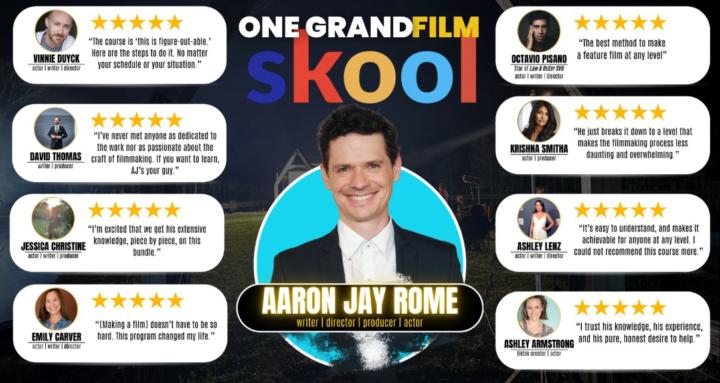19d • 🙋 Q&A 🙋♀️
Q&A Tactical Recap from Friday 9-5-25
This week’s call covered everything from $10M raises to TikTok skits. Here are the highlights 👇
✅ Starting as a New Filmmaker
If you’re brand new, don’t overthink it. Start with the Lead Domino Film Accelerator in the classroom tab. It walks you step-by-step so you don’t get overwhelmed. Emily followed this exact process and is already submitting her feature to festivals.
✅ Raising Big Budgets ($10M Example)
To make a $10M film real, you need:
- A-list cast with LOIs (via casting directors)
- A director and producer with a track record in that budget range
✅ Closing Funding Gaps (WeFunder & LinkedIn)
WeFunder lets investors buy equity. Every successful campaign lists its investors publicly. You can reverse-search those names on LinkedIn and reach out directly. Personalize your pitch with proof (cast, distribution, crew)—not empty promises.
✅ Commercial Work & Client Videos
Don’t just deliver pretty videos—learn funnels. Businesses need ads, landing pages, and strategy, not just content. This is how you go from “videographer” to “indispensable partner.”
✅ Shorts vs. Features
Shorts rarely pay off. Features—even tiny ones—prove you can finish. My $1K feature led to three greenlit films and a seat in the Television Academy. Emily’s improvised feature gave her confidence and a project now moving through post. Shorts won’t build a career. Features will.
✅ Building an Audience with Skits
Want to make comedy skits? Post them on TikTok first. The algorithm actually gives new accounts a chance, and once you’ve got traction, funnel that audience into bigger projects.
✅ Monetizing Your Film
A few ways we broke down:
- Aggregators (Quiver): Get your film on Apple TV, etc.
- Self-distribution: Mark Toia turned $25K in Facebook ads into $1M in sales.
- Distributors: They’ll split profits, but you lose control.
- Four-walling & Merch: Rent theaters or sell clever add-ons (I sold Popsockets for End Trip at a 90% profit margin).
✅ Improvised Dialogue
Don’t script every line for your first microbudget feature. Structure the scene, then let actors improvise. It feels real, saves time, and avoids stiff performances.
✅ Proof of Concept vs. Just Shooting
Proof-of-concept shorts almost never sway investors. What does? Cast, crew, and a set shoot date. The moment you lock locations and auditions, investors are forced to decide.
✅ Ideas vs. Proof
Producers aren’t moved by ideas. They’re moved by proof. Cooper Raiff shot Shithouse for $15K, won SXSW, and landed a $9M Apple TV deal. That’s the model: finish a feature, then leverage it upward.
Bottom line: Whether you’re chasing $10M or scraping together $1K, the path is the same. Finish a feature, build relationships, and keep stacking projects. That’s how you climb.
4
4 comments

skool.com/ogfilmskool
A group for filmmakers dedicated to making their first feature film without fundraising. Courses, calls and coaching to get your film over the line.
Powered by





